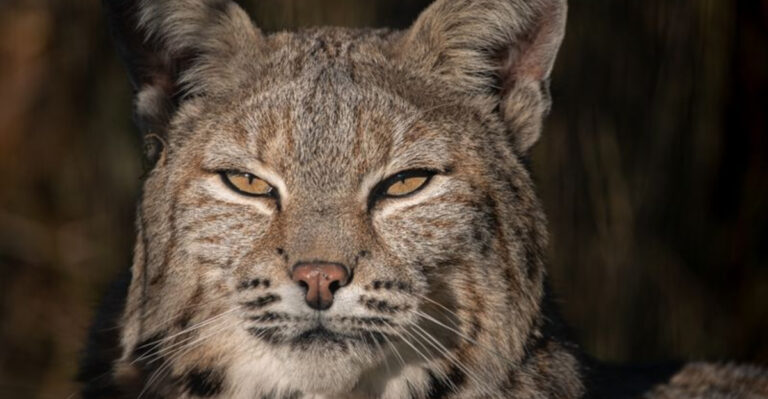15 Fascinating Things Wolves Do That Domesticated Dogs Don’t
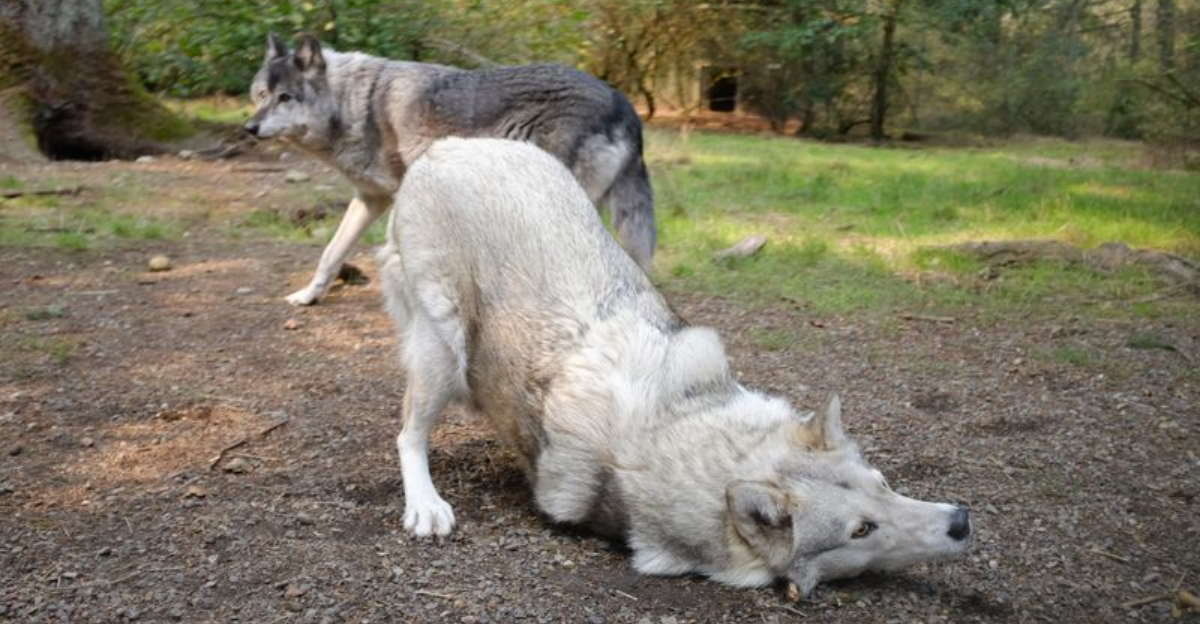
Wolves and domesticated dogs share a common ancestry, but their behaviors couldn’t be more different. Through thousands of years of domestication, our furry companions have lost many of the survival skills their wild relatives still possess.
Wolves remain masterful hunters, sophisticated communicators, and complex social beings who navigate the wilderness with instincts that house pets simply don’t need anymore.
1. Howling In Unison
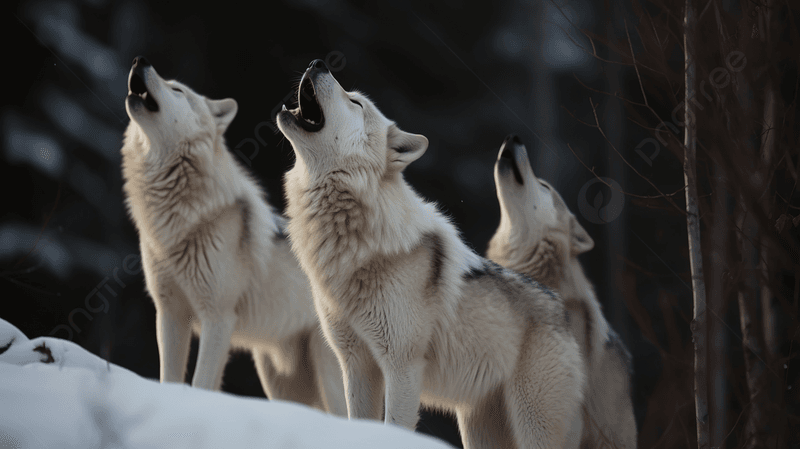
Ever heard a wolf pack’s haunting chorus echo through mountains? Unlike your pet’s random barking, wolves coordinate their howls in perfect harmony. This vocal synchronization helps them locate separated members and announce territorial boundaries.
The sound can travel up to 10 miles in forest environments, serving as nature’s own long-distance calling system.
2. Hunting In Packs
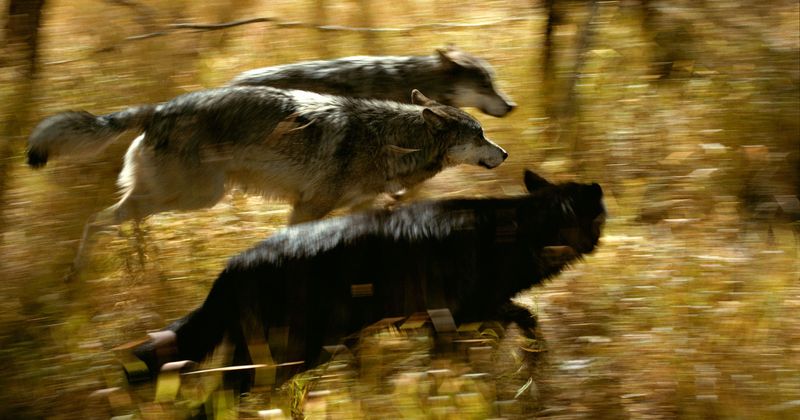
Wolves execute military-precision hunting tactics that would make special forces envious. Each pack member plays a specific role—some chase prey toward waiting ambushers, while others cut off escape routes.
This teamwork allows them to bring down animals ten times their size, a skill your backyard retriever simply doesn’t possess.
3. Marking Territory With Scent On A Whole Different Level

Your dog’s quick leg-lift at the fire hydrant pales compared to a wolf’s sophisticated scent communication system. Wolves create invisible territorial maps using urine, feces, and glandular secretions that convey complex messages.
These chemical newsletters announce pack size, breeding status, and even when they last passed through—a wilderness social media platform.
4. Raising Their Young In A Pack Environment
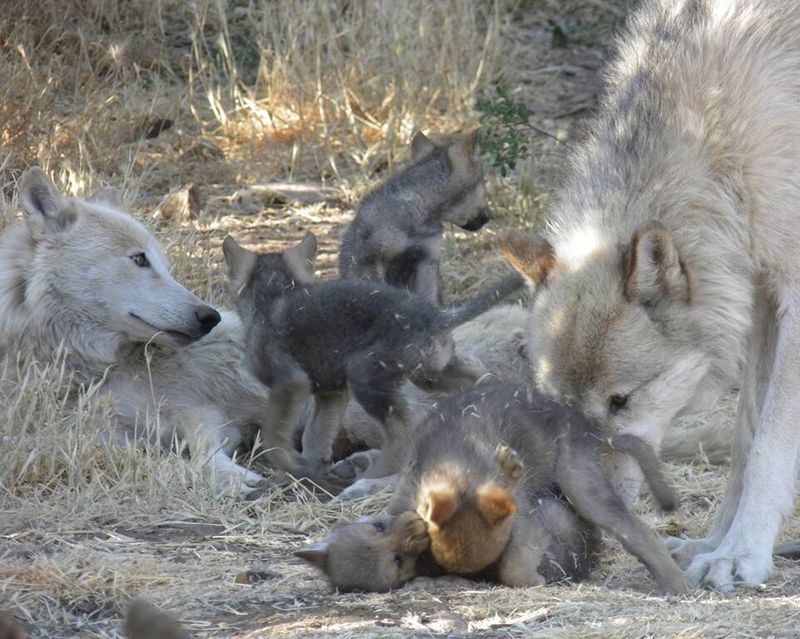
Wolf pups grow up in nature’s ultimate family support system. Unlike domestic dogs whose puppies are typically separated early, wolf pups receive attention from multiple adults who babysit, protect, and teach survival skills.
Even non-breeding pack members regurgitate food for hungry pups—a community childcare approach your golden retriever never experienced.
5. Wolves Can Travel Long Distances
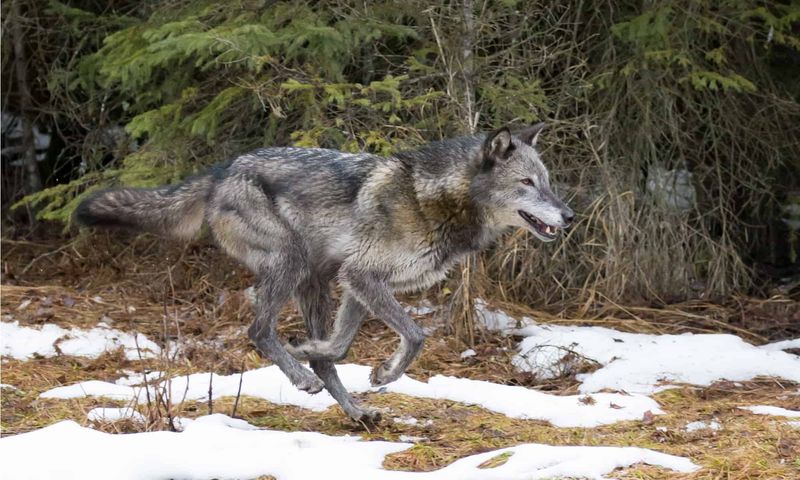
Marathon runners have nothing on wolves. These wild canids regularly travel 30+ miles daily when hunting, with documented journeys of 125 miles in a single day.
Their specialized gait—the wolf trot—allows efficient energy use at speeds around 5 mph for hours without rest. Most domestic dogs would be begging for a break after just a few miles.
6. Feeding Hierarchies

Dinner time for wolves follows strict social protocols unlike your dog’s predictable kibble routine. The breeding pair typically feeds first on the choicest parts of a kill, with lower-ranking members patiently waiting their turn.
Young wolves learn their place through this mealtime hierarchy, which reinforces the social structure essential for pack survival.
7. Wolves Easily Adapt to Scarcity
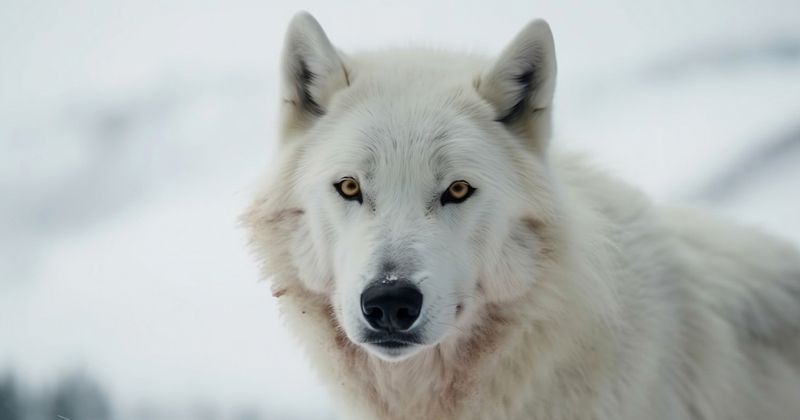
Wolves are nature’s ultimate survivors during lean times. They can fast for two weeks when necessary, then consume up to 20 pounds in a single feast when prey is finally caught.
Their metabolism adjusts to scarcity—slowing during food shortages and accelerating during abundance. Your pampered pooch would likely protest missing even a single meal.
8. Staying In The Wild

From Arctic tundra to scorching deserts, wolves adapt to Earth’s most extreme environments. Their thick double coats insulate against temperatures from -40°F to 120°F.
They’ve mastered finding water in arid regions and shelter during blizzards. Meanwhile, most domestic breeds need climate-controlled homes and would struggle to survive a weekend in true wilderness.
9. Scent Detection Over Long Distances
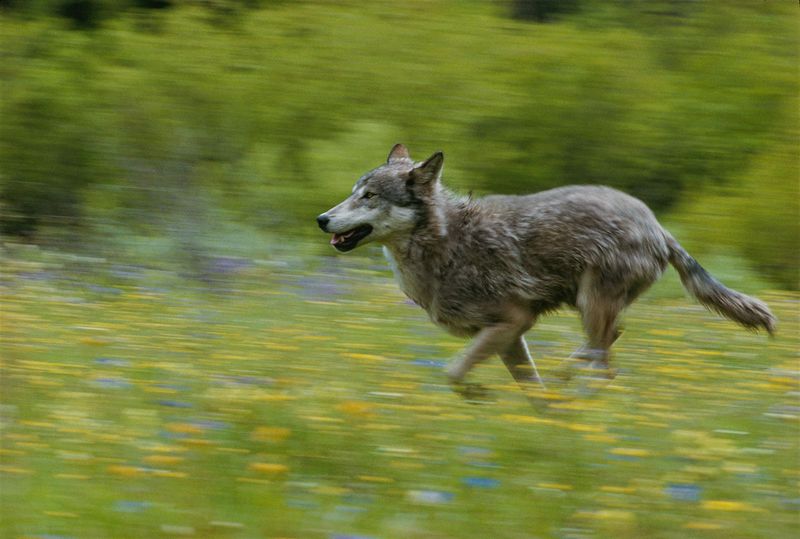
A wolf’s nose operates like advanced military surveillance equipment. They can detect prey up to 1.75 miles away and smell other wolves’ territorial markings from astonishing distances.
This superhuman sense helps them track injured animals across vast landscapes. While your dog has a good nose, it lacks the refined sensitivity wolves developed through evolutionary necessity.
10. Social Bonding Through Play And Cooperation
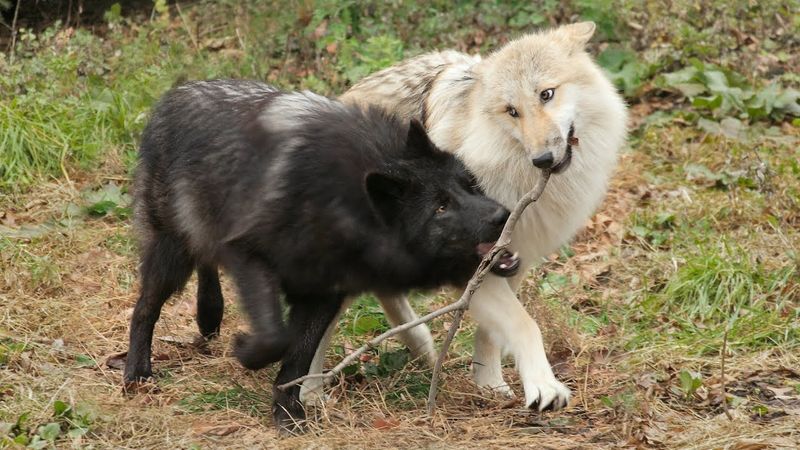
Wolf play isn’t just fun—it’s survival training disguised as games. Young wolves practice coordinated attacks, defensive maneuvers, and pack tactics through elaborate play sessions that strengthen social bonds.
These interactions develop the cooperation needed for successful hunts later in life. Domestic dogs play for enjoyment but rarely develop the sophisticated teamwork of their wild ancestors.
11. Navigating Vast Territories
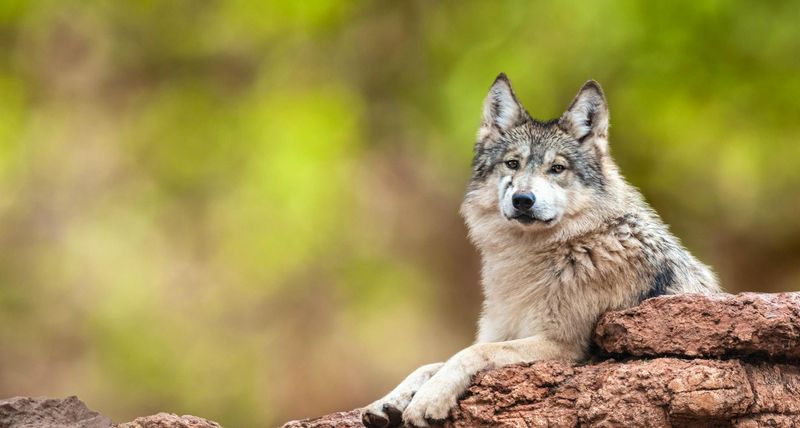
Wolves are nature’s GPS masters, maintaining mental maps of territories spanning hundreds of square miles. They memorize landscape features, water sources, and seasonal prey movements with remarkable precision.
Some packs migrate seasonally, following prey across mountain ranges without getting lost. Your neighborhood dog would be thoroughly confused just a few miles from home.
12. Self-Sufficiency
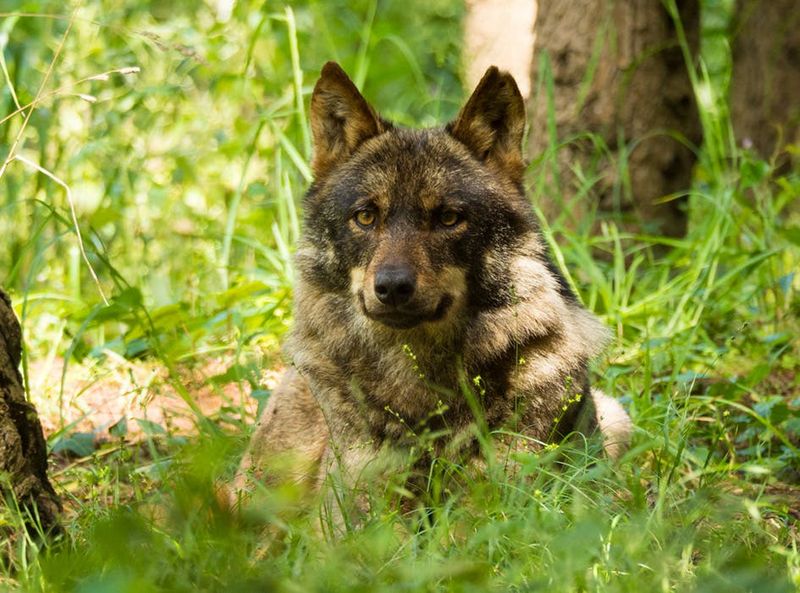
Complete independence defines the wolf’s existence. From catching mice to bringing down bison, wolves possess a versatile hunting repertoire developed over millennia.
They’re opportunistic omnivores when necessary, supplementing meat with berries and vegetation. Domestic dogs have largely lost these self-sufficiency skills, becoming dependent on humans for their daily meals and survival.
13. Maintaining A Pack Structure For Survival
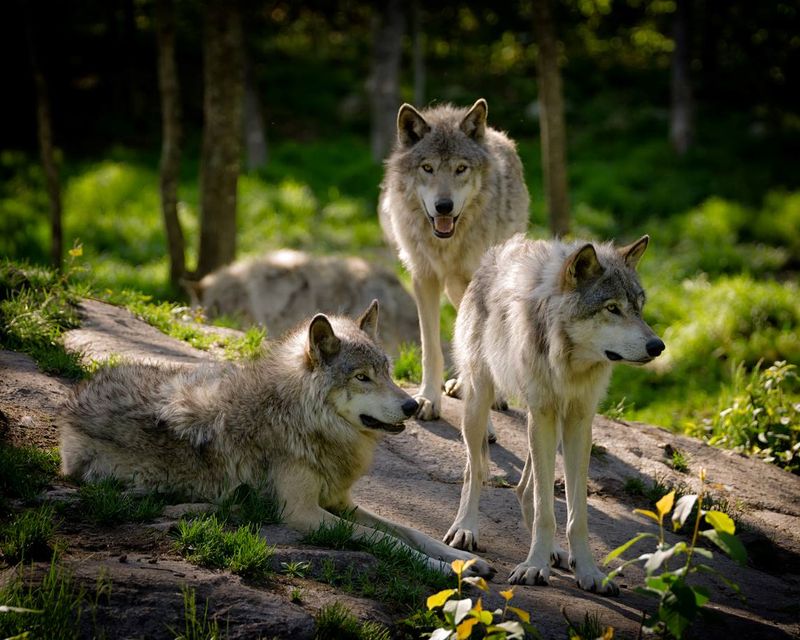
Wolf packs operate like highly specialized military units where every member understands their role. The breeding pair leads, while others serve as hunters, scouts, or caregivers for young.
This intricate social structure enables their survival in harsh conditions. Domestic dogs might form loose hierarchies, but they lack the sophisticated organization that defines wolf society.
14. Long-Distance Communication
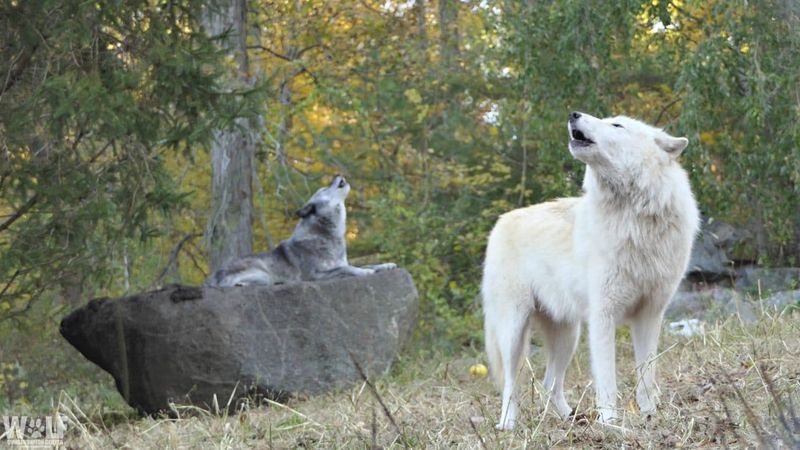
Wolf howls contain geographic information that helps scattered pack members reunite. Each wolf has a distinctive vocal signature recognizable to packmates across miles of wilderness.
Their howls change pitch and duration to communicate specific messages about location, danger, or hunting success. Your dog’s barking, while expressive, lacks this sophisticated long-range communication system.
15. Wolves Are Active After Dusk
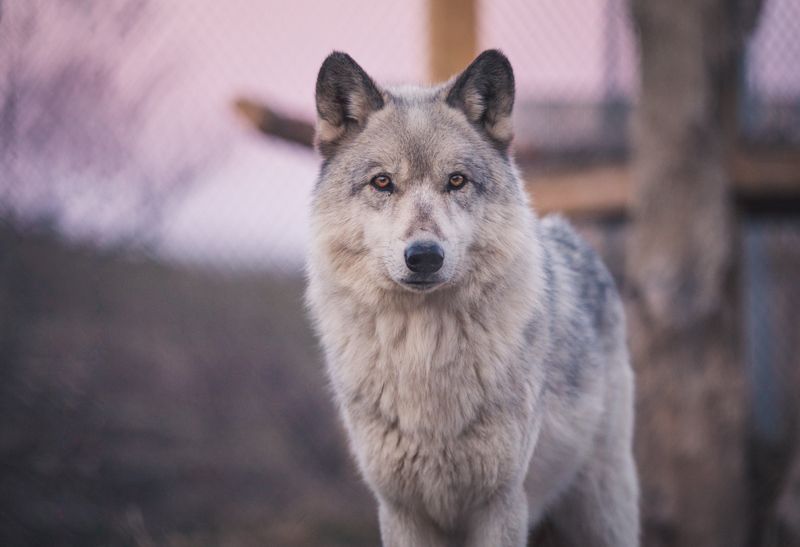
Wolves transform into efficient nocturnal hunters thanks to specialized night vision adaptations. Their eyes contain a reflective layer called the tapetum lucidum that amplifies available light by up to 300%.
This gives them a significant hunting advantage during dawn and dusk when prey is active. While domestic dogs retain some night vision, it’s typically not as refined as their wild relatives.


